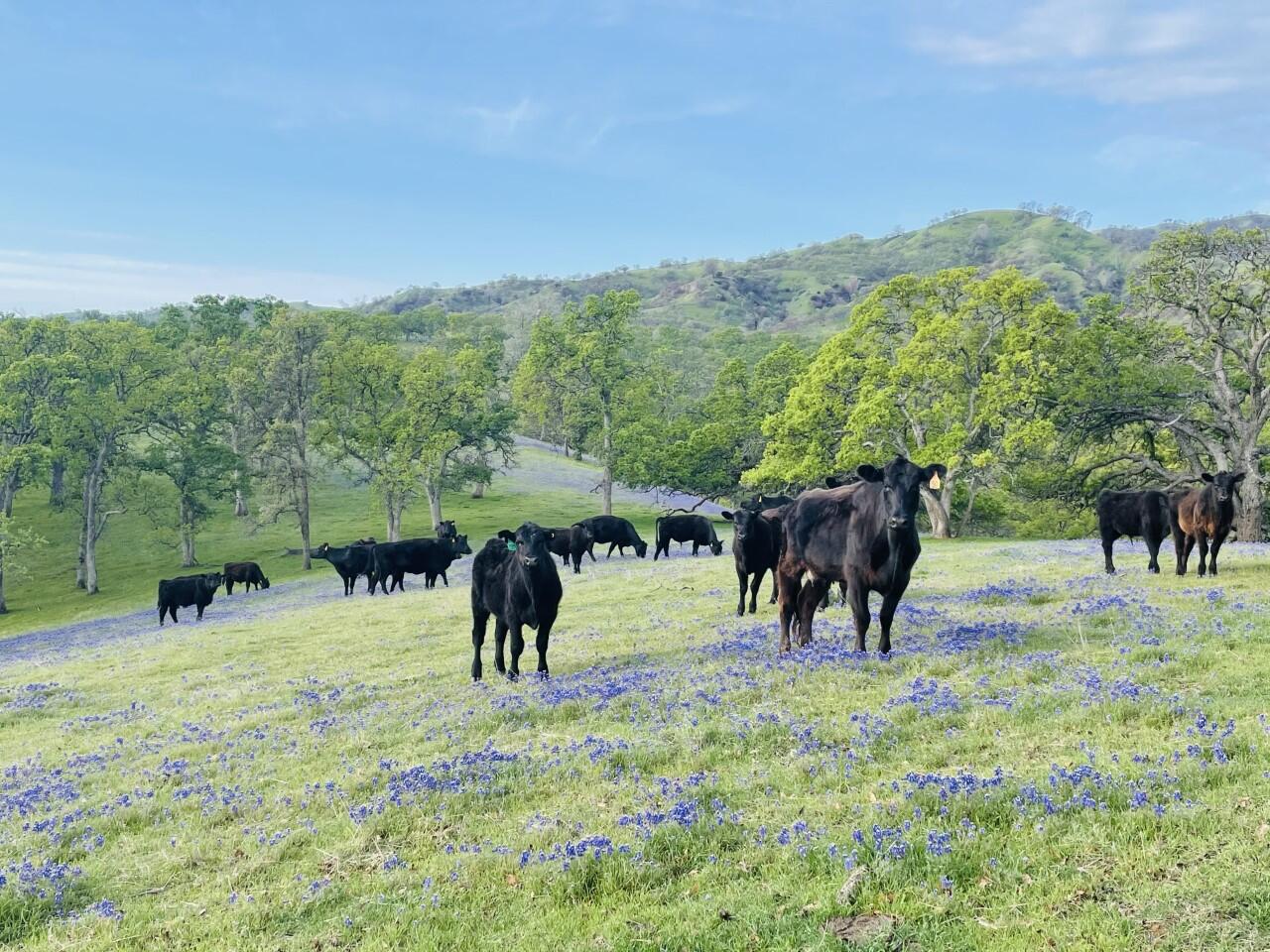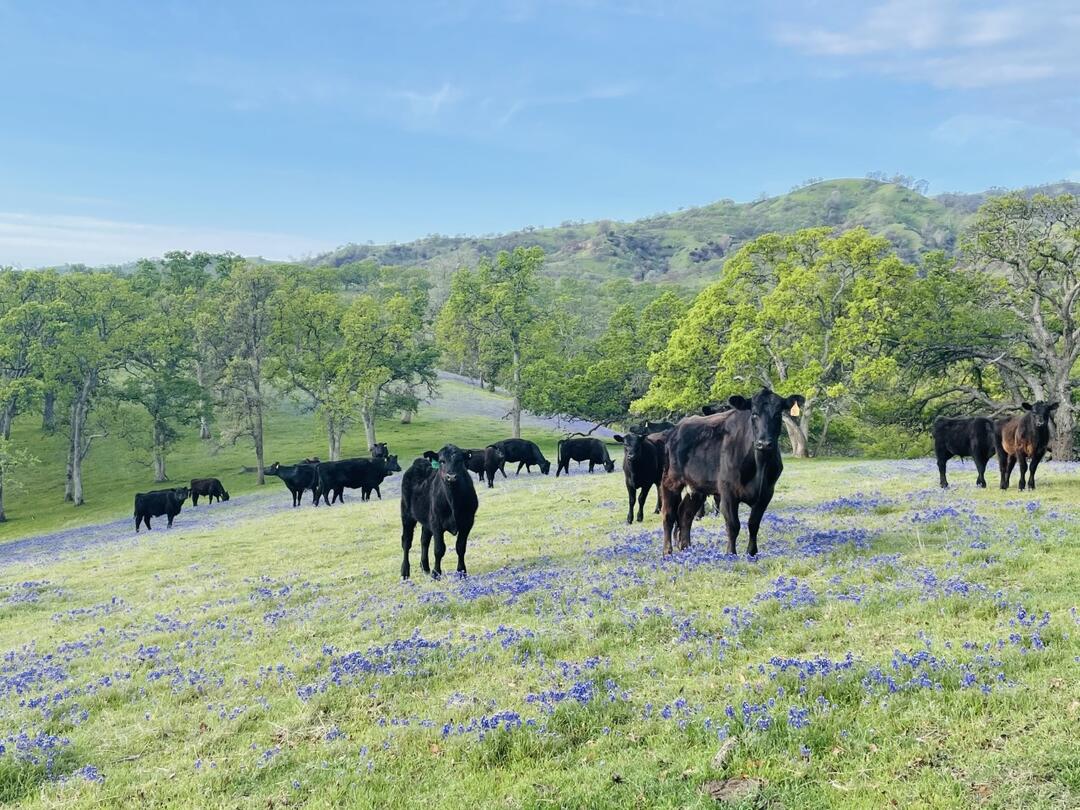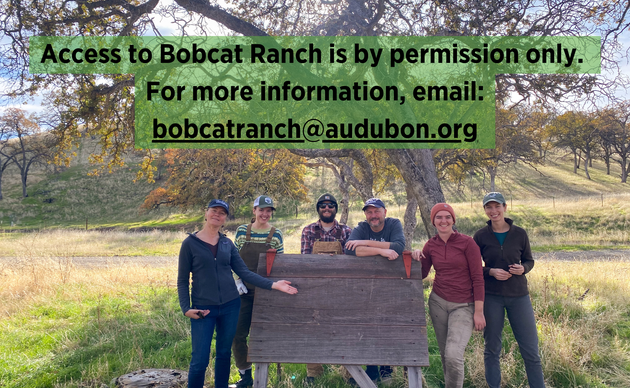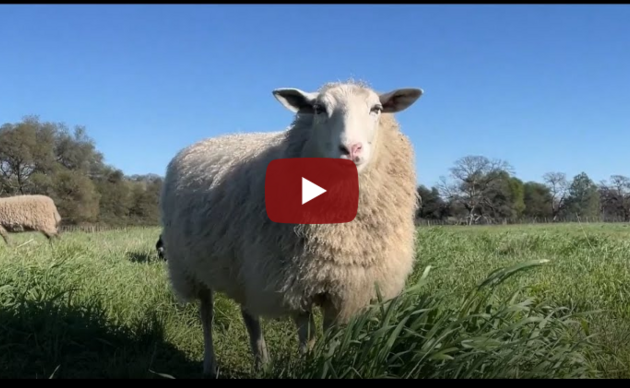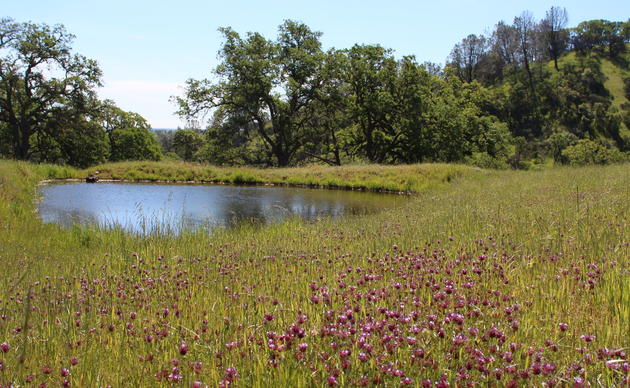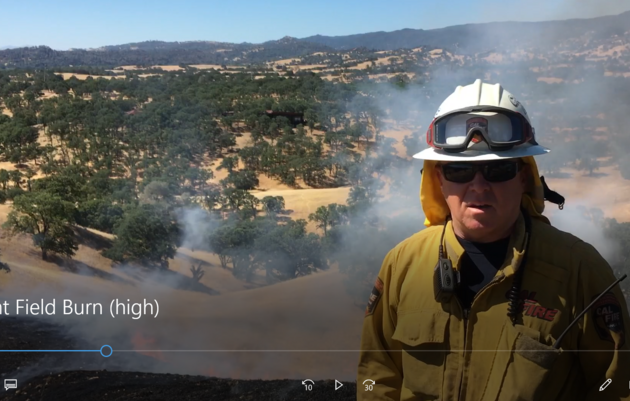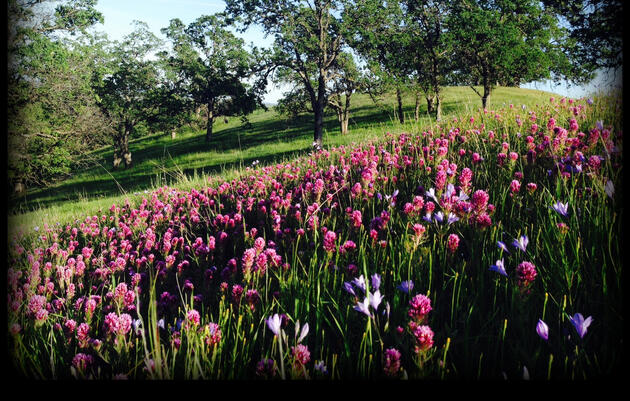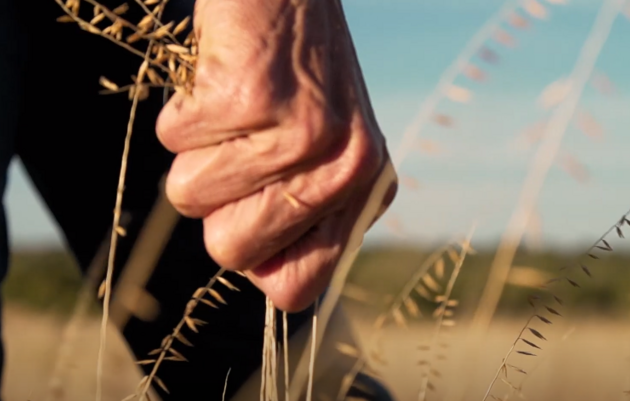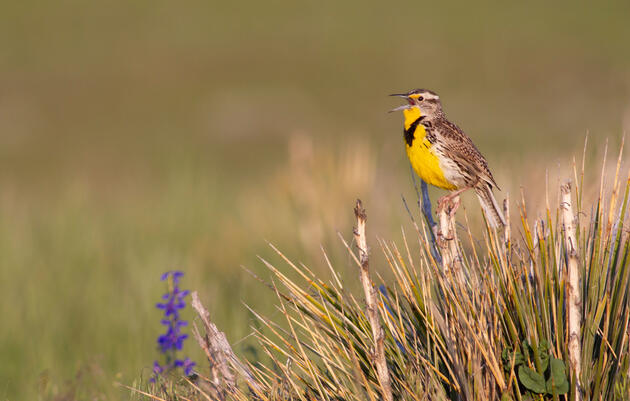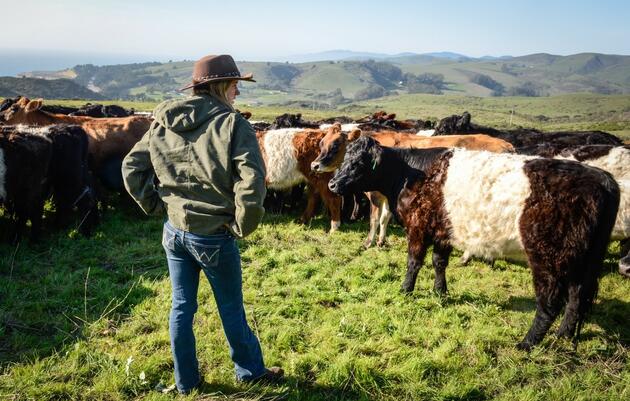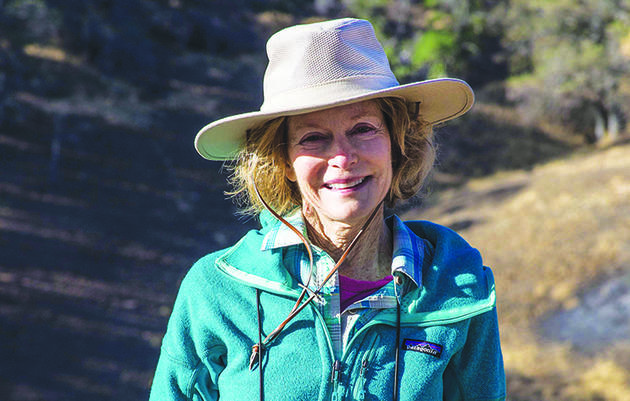Audubon California acquired the 6,800-acre Bobcat Ranch in 2007 as part of its ongoing effort to support and encourage the conservation and restoration of blue oak woodlands and rangelands in California.
Land Acknowledgement
Habitat Management

Prescribed Burn Protects Bobcat Ranch from LNU Lightening Fires
The LNU Lightening Fires reached Bobcat Ranch, a 6,800 acre blue oak conservation property and certified Audubon Conservation Ranch. Thanks to the prevention work and prescribed fires by CAL FIRE and our staff, we successfully protected Bobcat Ranch’s infrastructure and surrounding developments.
Birding Audubon's Bobcat Ranch
Lorna Cunkle of Altacal Audubon Society wrote about her experience birding Bobcat Ranch and was kind enough to share it with us
The Annual Dilemma
If annual, non-native, and invasive grasses have a strategy for success, it is certainly, “the early bird gets the worm.” Our response focuses on prescribed burns and timed grazing to benefit grassland birds.
Conservation Ranching
How we empower ranchers and consumers to protect grassland birds.
A Way Forward for California's Working Lands
Conservation ranching techniques create habitat and sequester carbon. Under a new bill, the state would pay ranchers to implement them.
A committed voice for conservation in the Central Valley
Audubon supporter, chapter leader, board member, and volunteer, Ann Brice, is a committed voice for conservation in the Central Valley.
How you can help, right now
Get Audubon CA in Your Inbox
Our newsletter is fun way to get our latest stories and important conservation updates from across the state.
Donate to Audubon
Help secure the future for birds at risk from climate change, habitat loss and other threats. Your support will power our science, education, advocacy and on-the-ground conservation efforts.
HOTSPOT: Flyover of California's Birds and Biodiversity
California is a global biodiversity hotspots, with one of the greatest concentrations of living species on Earth.

